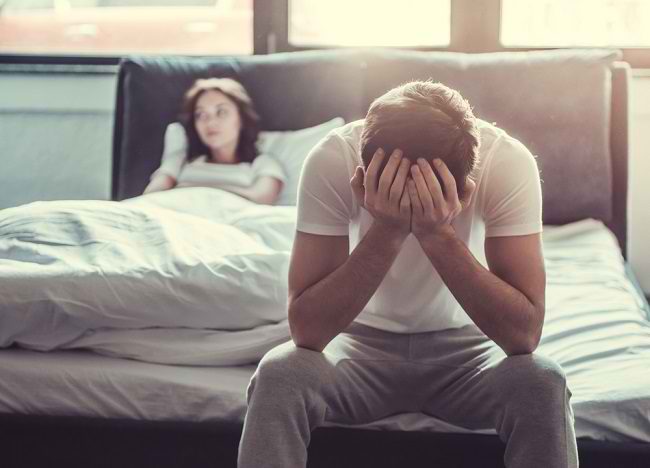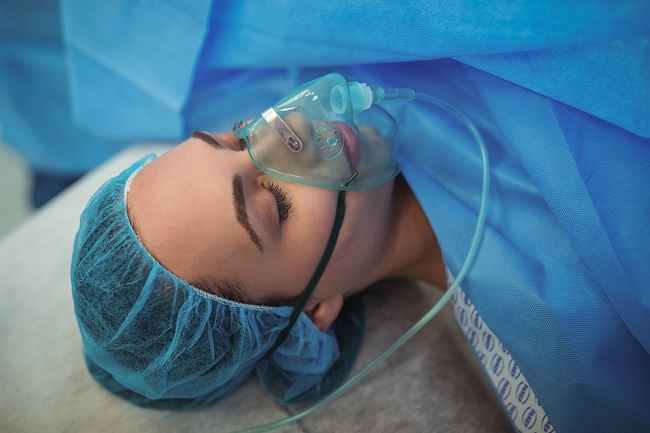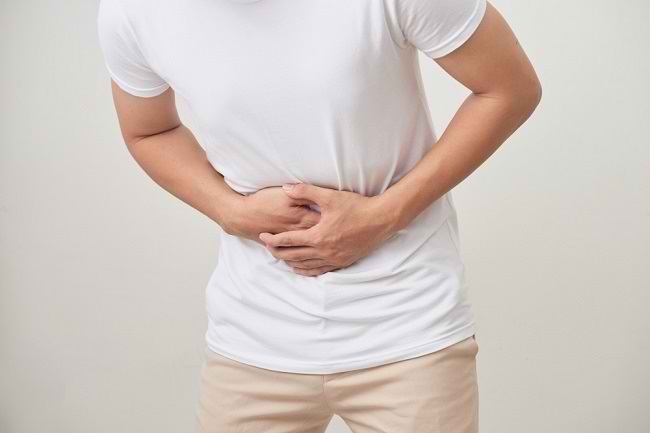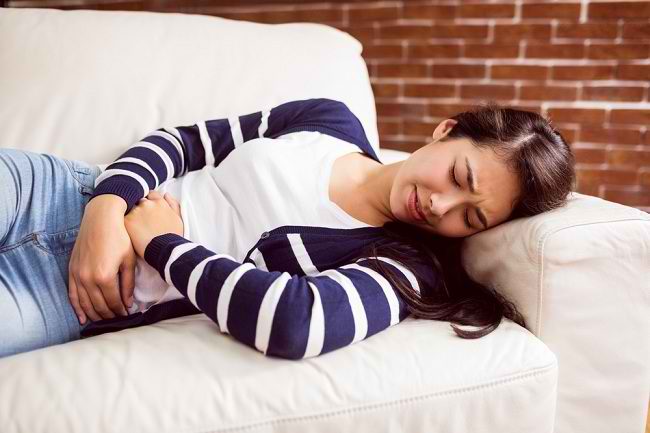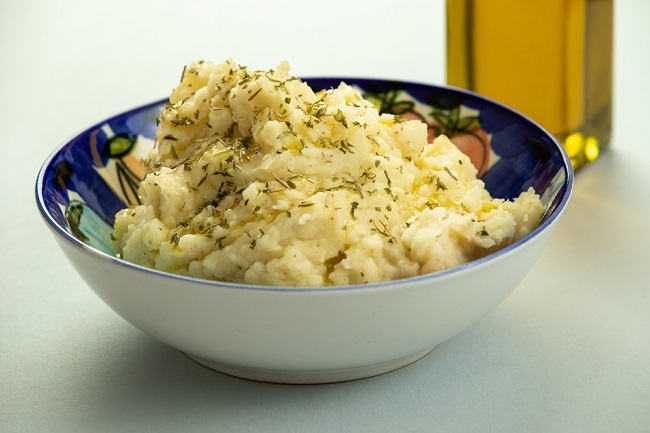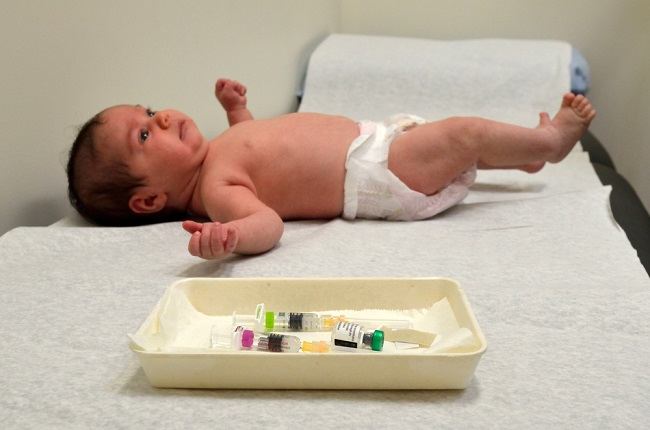Varicose veins can not only appear in the legs and feet, but also in the vagina. This condition, known as vaginal varicose veins, is more common in pregnant women. Vaginal varicose veins are actually harmless, but sometimes they can cause bothersome symptoms.
Vaginal varicose veins are varicose veins that appear on the surface of the vaginal wall. This condition is experienced by 1-2 out of 10 pregnant women and usually occurs when the gestational age enters the third trimester, when the blood vessels in the lower body widen as the fetus develops.
Symptoms and Characteristics of Vaginal Varicose Veins
Vaginal varicose veins may not cause symptoms. Some pregnant women may only realize that there are vaginal varicose veins when they are about to give birth or when the doctor performs a birth canal examination.
However, vaginal varicose veins can sometimes cause several symptoms, including:
- Visible swelling or lumps in the vagina and pubic lips (vulva).
- Pressure or pain in the vaginal area.
- Itching and discomfort in the pelvis and around the vagina
- Pain during sexual intercourse or walking long distances.
Symptoms that appear can get worse if you stand too long, do strenuous physical activity, or when you are tired. Sometimes, vaginal varicose veins are also accompanied by varicose veins in the legs.
Why Vaginal Varicose Veins Often Occur During Pregnancy?
During pregnancy, a woman's body will produce more blood to meet the nutritional needs of the fetus in the womb. As the gestational age increases, the amount of blood will increase.
When this amount of blood increases, there can be blockage of the veins in certain parts of the body, for example in the legs and in the vagina. If the blood is blocked in the vagina, then this can cause vaginal varicose veins.
In addition, vaginal varicose veins may also form due to an increase in pregnancy hormones, such as the hormones estrogen and progesterone, during pregnancy. This hormone causes the walls of blood vessels to weaken and swell, making them susceptible to varicose veins.
In rare cases, vaginal varicose veins can also occur outside of pregnancy. Varicose veins in women who are not pregnant can be caused by genetic factors, increasing age, or obesity.
To determine whether you have vaginal varicose veins or not, it is necessary to be examined by a doctor. This examination is usually done while undergoing a routine obstetric examination. To determine how severe the varicose veins are, the doctor will perform a physical examination and support, such as a Doppler ultrasound.
How to Relieve Vaginal Varicose Veins
If it is very bothersome, there are some simple ways that you can do independently at home to relieve the symptoms of vaginal varicose veins, namely:
- Compress the pubic area using a cold compress.
- Elevate the position of the legs and pelvis when lying down to improve blood circulation.
- Avoid sitting or standing for too long.
- Use a rolled towel placed between your thighs to compress the dilated blood vessels.
- Use special underwear designed for people with vaginal varicose veins. Also choose clothing designs that can support the back and lower abdomen.
- Swimming can help improve blood flow and relieve pressure in the pelvic area that occurs during pregnancy.
Vaginal varicose veins rarely cause serious problems in pregnant women and do not affect the growth of the fetus in the womb. This condition also cannot be used as an indication to give birth by caesarean section, so the chances of having a normal delivery are very large.
Vaginal varicose veins will generally subside on their own after delivery. However, you are advised to immediately consult a gynecologist if the symptoms of vaginal varicose veins do not subside after 6 weeks after delivery or after the postpartum period is over.
Similarly, if vaginal varicose veins become more severe and painful. To treat vaginal varicose veins, the doctor may suggest several treatment steps, such as embolization, sclerotherapy, to surgery.

